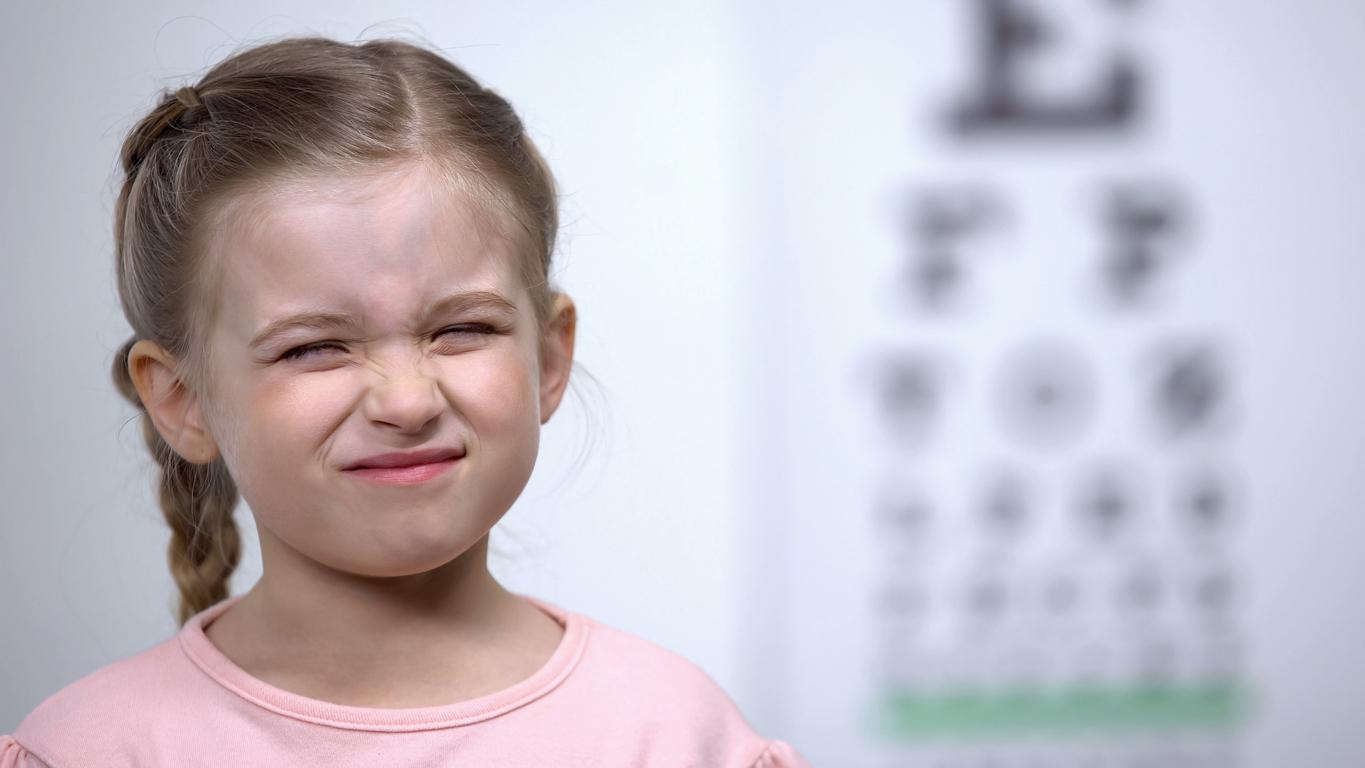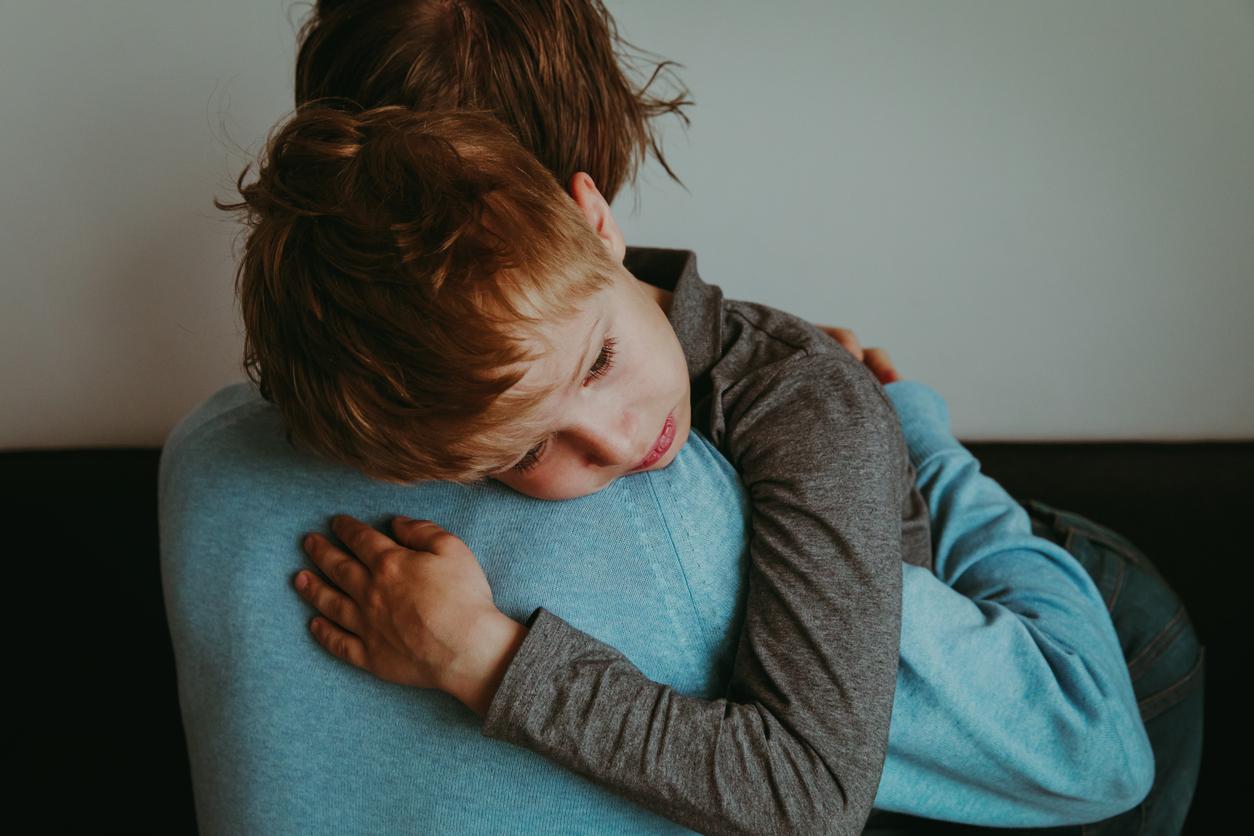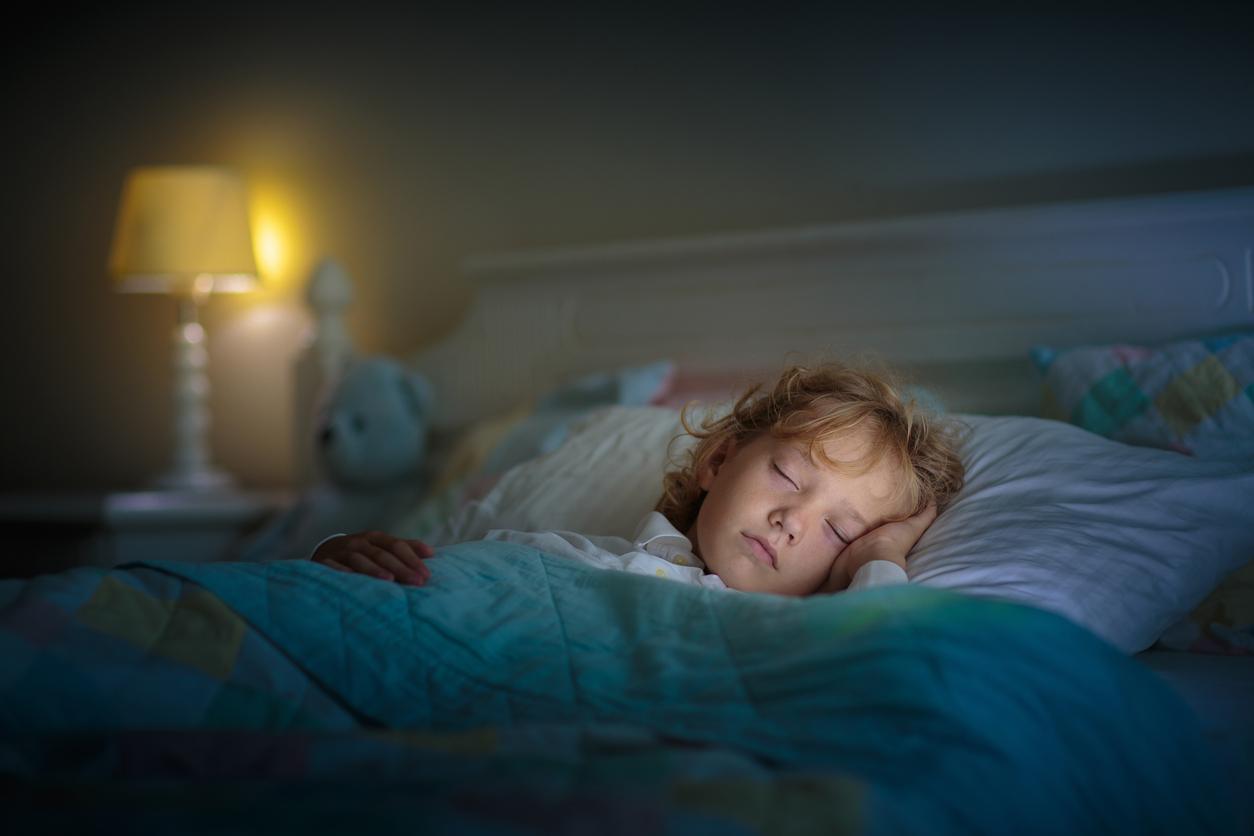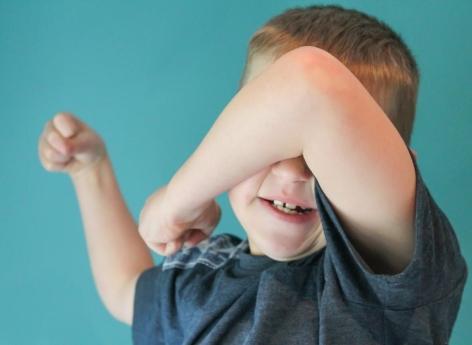Early schooling, lack of outdoor activity and lockdowns during the coronavirus outbreak may have played a role in the sharp increase in the number of myopic children after 2020.

- The global prevalence of childhood myopia affects approximately one third of children and adolescents.
- Researchers expect it to exceed 740 million cases by 2050.
- They evoke a potential link between the coronavirus pandemic and an accelerated deterioration of vision in young adults.
Myopia is a pervasive public health problem, particularly among young people. In fact, one in three children or adolescents in the world currently suffer from poor vision beyond a certain distance. According to a new study, published in the journal British Journal of Ophthalmologythe global prevalence of this eye disorder is expected to reach 740 million cases by 2050 among patients in this age group.
In 33 years, the overall prevalence of myopia worldwide has more than tripled
In order to reach this conclusion, researchers from Sun Yat-sen University (China) wanted to estimate the current and future prevalence of myopia until 2050 among young people aged 5 to 19. For this, they relied on all research and government reports published until June 2023. The team included 276 cohorts, involving 5,410,945 children and adolescents, from 50 countries in Asia, Europe , from Africa, Oceania, North America and Latin America. A total of 1,969,090 cases of myopia were recorded.
The results revealed that the overall prevalence of myopia more than tripled between 1990 and 2023, from 24% in 1990-2000 to 25% in 2001-2010, followed by much steeper increases to 30% in 2011-2019. and to 36% in 2020-2023, or approximately one child or adolescent in three. According to the data, certain factors were associated with higher prevalence, including living in East Asia (35%) or urban areas (29%), female gender (34%), adolescence (47%) and secondary education level (46%).
“Projections indicate that this prevalence should reach 36.59% in 2040 and 39.80% in 2050, thus exceeding 740 million cases”reported the authors. In detail, the overall prevalence of this eye disorder should be higher among girls and young women than among boys and young men: 33% versus 31% in 2030, 40% versus 35.5% in 2040 and 42 % compared to 37.5% in 2050.
Myopia: a potential link between the pandemic and an accelerated deterioration of children’s vision
According to scientists, this research shows that the coronavirus epidemic, more precisely the successive confinements, has had a negative impact on children’s eyesight. “Furthermore, a correlation between the duration of education and the onset of myopia was observed, suggesting that the early implementation of formal education in some East Asian countries could potentially serve as a Conversely, African populations have a lower prevalence of myopia, likely attributed to lower literacy rates and a later start to formal education, which typically occurs between 6 and 8 years of age. years for most children.”
To explain the differences in prevalence between the sexes, the team says that girls reach puberty more quickly than boys and tend to spend less time outdoors and more time on nearby activities. “Despite known limitations, given the large sample size included, our estimates of myopia prevalence are considered close to the precise figure. It is crucial to recognize that myopia could become a global health burden in the future. ‘future”, concluded the authors.















